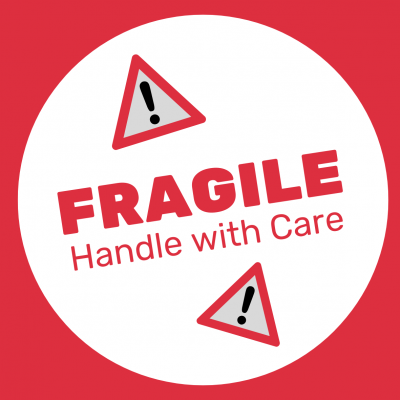
Do set your expectations right
To reduce stress on your moving day, start by setting your expectations. But you must remember that relocating is stressful by definition. Moving is a moment of significant adjustment, particularly a first relocation. Putting tasks aside, it’s a step outside your comfort zone and into the unknown. Along with the reality that life doesn’t stop or slow down simply because you have a mile-long to-do list, tension during the moving process is quite natural. Accept that moving-related stress is normal, comprehensible, and essentially inescapable from the outset. It’s acceptable if your temper shortens a bit or if you become nervous about finishing everything.
Do label boxes as fragile
Mark boxes containing dishes, glasses, candles, or anything else that might break clearly as fragile. When the movers arrive, tell them to keep those boxes separate from the others. This enables them to pack everything properly and securely and makes sure your fine china doesn’t end up on the moving truck on top of a box of canned foods.





Leave a comment